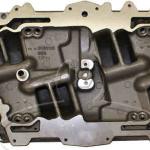Which design of Hydrogen Generator is best for the job ??
Which design of Hydrogen Generator is right for the job?? That depends.
There are two types of Hydrogen Generators - the PEM design and the Hoffman design. The PEM design uses a membrane and electronic controller - and the Hoffman design is a mechanically separated gas design. The Hoffman type design requires a balancing act to hold just enough pressure against the anode side to create pressure on the cathode - or Hydrogen producing side consistently. That is balanced against the heat of the unit - the type of electrolyte feedstock and the power (voltage and current) one is consistently feeding the unit. To put pressure on the unit the feedstock must be pumped in under pressure similar to 45 psi. That means you need a pump and controls to control the balancing act - a regulator, pressure and float fill switch and drain and filtered return line to the main tank.
An “HHO” or Brown’s Gas or other missed gas unit is not considered a Hydrogen Generator – it makes mixed Oxy-Hydrogen gas, not separated gas.
If the generator will always be indoors and / or in a climate never subjected to freezing then the PEM design is the most trouble free and can build pressure to 100 PSI with 99.9 % pure gas. If not then the Hoffman design with an appropriate freeze resistant electrolyte feedstock is the best choice it may not produce as pure gas as the PEM can and generally cannot build high pressures much over 40 psi – however it can be repaired easily by replacing electrode plates and other control parts commonly available in open industry.
The PEM design has more proprietary technology and the Membranes themselves are on the order of $600 for a replacement – not including labor to install it. If a hole develops in one of the membranes – water will pass to the cathode or Hydrogen side, and it will not build pressure properly anymore. The membranes are NOT repairable. Also the PEM design MUST use distilled de-ionized water ONLY and the tolerances inside the generator are ZERO – that means the electrodes touch the membranes and heat or too much power (voltage and / or current) can and will cause an arc through the membrane or damage to the membrane if the controlling circuit board fails or too much heat develops in the Generator itself.
The Hoffman type design can be made specific to the electrolyte to be used. A PEM design usually ONLY uses distilled de-ionized water. A Hoffman type design can tolerate sediment and precipitate discharge as it can be open cell – whereas a PEM design by nature MUST be a closed cell and precipitate or sediment will build up in the unit more easily and clog or short it out.
It takes about 1.2 to 1.4 volts (laboratory rating at STP) to split water. More volts is destructive to the electrolyzer if it is a theoretical 100 % efficiency unit. But to a certain level depending on the design and the liquid feedstock being used more volts are required, most always in the real world application - but to a certain level and then to keep the electrolysis going - more amperage is what is needed - but only to a certain point as too much amperage will simply heat the feedstock to the point it may begin to boil and produce mostly steam and not Hydrogen by electrolysis especially in a Hoffman design type. Thus you MUST monitor output of Hydrogen and its purity, and control the electrolyzer temperature by feedstock re - circulation as well as voltage and amperage fed to the unit and consumed.
To electrolyze an Alcohol (i.e. Methanol) is typically at least 50% less power (depending on concentration) or said another way it is double the Hydrogen output, and again for Urine is again about 50% less or more (i.e a Urea "salt water"). Electrolysis of Alcohol produces Carbon Dioxide - and of Urine leaves a salt precipitate and other elemental precipitates.
Thus there are a lot of design considerations that go into an electrolyzer that will dictate what pressure they can operate at, their efficiency, safety and lawfully (Carbon Dioxide - a.k.a. CO2. is a regulated Green House gas emission now)
Certainly there are times when a PEM design must be used – like in a sole source fuel injection system that needs a certain continuous source of clean high pressure Hydrogen to work properly. There are times when the Hoffman type design can work in a bi-fueling engine application where if gas runs out the primary fueling system can take over. A Hoffman design can be set up – and monitored to readout – the purity of the gas it is producing.
There are other factors inherent in the design of the generator that would dictate which one is used
So . . . it depends


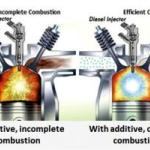
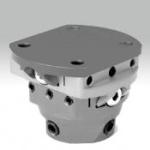
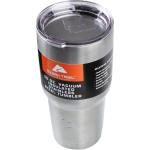
 ,
,  ,
,  ,
, 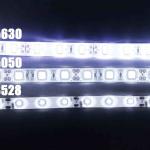

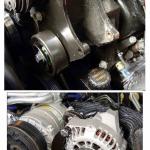
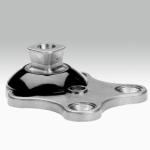
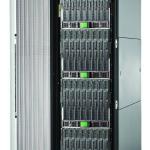



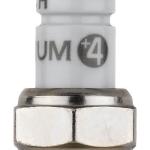
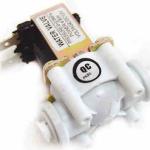
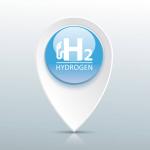
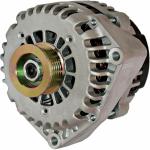 ,
, 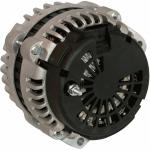 ,
,  ,
, 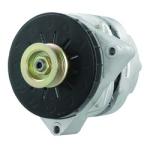


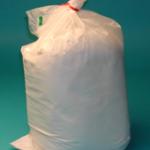
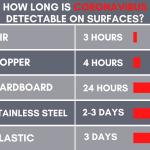 ,
, 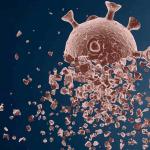 ,
, 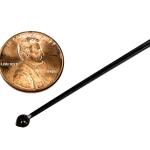 ,
, 



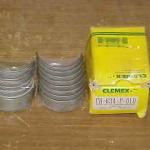
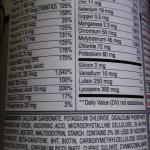 ,
, 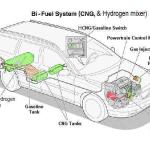

 ,
, 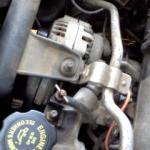 ,
, 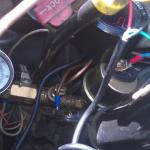
 ,
, 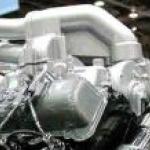 ,
, 
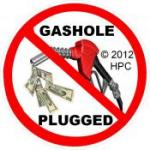
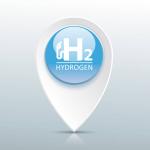
 ,
, 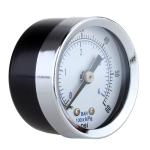
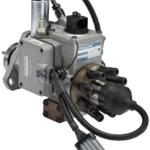
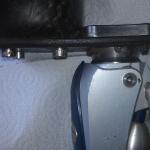
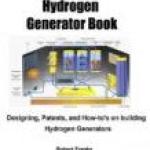




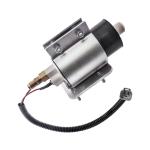
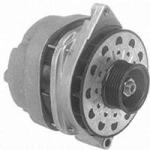 ,
,  ,
, 
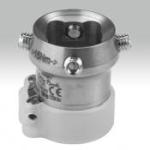
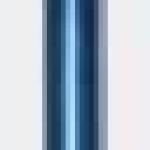
 ,
, 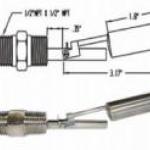
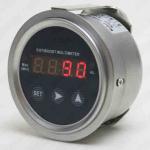
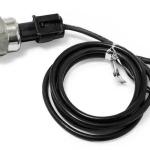
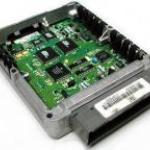
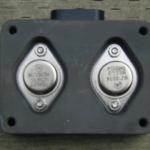 ,
,  ,
, 
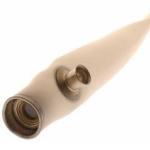 ,
, 
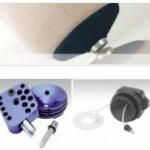
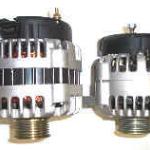 ,
, 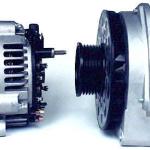 ,
,  ,
, 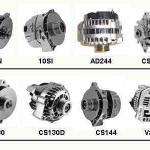

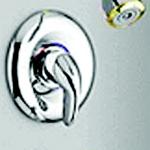
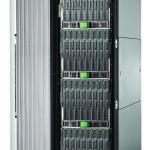
 ,
,  ,
, 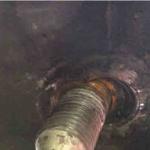 ,
,  ,
, 
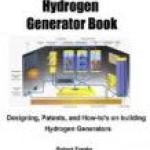
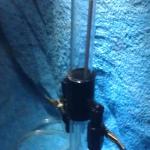 ,
, 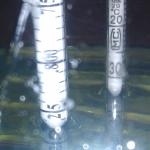 ,
, 

 ,
, 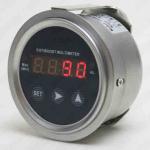

 ,
,  ,
,  ,
, 



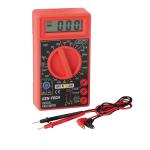
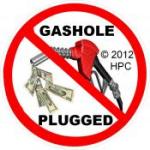
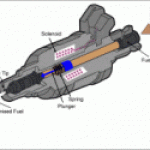
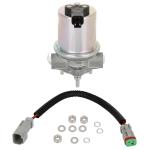



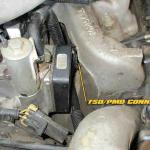 ,
,  ,
, 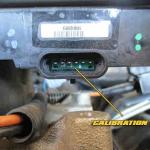 ,
, 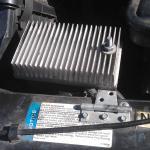 ,
, 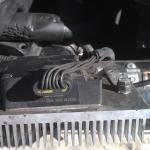

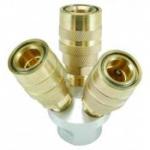


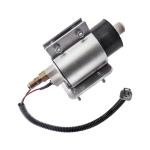
 ,
, 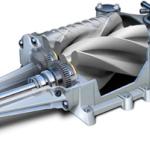 ,
, 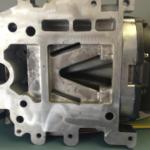 ,
,  ,
,  ,
, 